Inbox Zero: The Surprisingly Simple Way I Finally Got There
10/17/2025 • Scott LoveWritten by Scott Love
I’ve been chasing “Inbox Zero” for years.
Different email clients, clever folder systems, elaborate rules — all in the name of keeping up. And yet, no matter what I tried, I’d eventually find myself staring at thousands of messages again. It was like email entropy. No matter how tidy I got, it always returned to chaos.
Until, finally, it didn’t.
Here’s what changed: I stopped treating email like it was something more than it is.
⸻
1. One Folder. That’s It.
I used to have folders for projects, clients, priorities, receipts, reference material — all of it. And none of it worked.
Now? Just one: Archive.
If it’s not in my inbox, it’s archived. No subfolders. No mental gymnastics trying to remember where something “should” go. Simplify, simplify, simplify.
⸻
2. Read It, Digest It, Archive It
Once I’ve read an email — truly processed it — it’s gone. Archived. Done.
If there’s something to follow up on, I capture it somewhere else (a to-do list, a note, whatever). The inbox stays clean. If I really need to keep something hanging in the air, I’ll use Drafts, but that’s rare.
⸻
3. The Magic: Stop Treating Email Like a Task Manager
This was the big one.
For years, I treated my inbox like a hybrid of reminders, to-do lists, articles I wanted to read, and memory storage. It was a mess — because email isn’t designed for any of that.
Now I remind myself: email is just communication:
- If something requires action, I move that task into a real system for tasks.
- If it’s information I need to remember, I put it in notes.
- If it’s a reminder, I use my reminder app.
And then I archive the email.
⸻
4. AI Experiments and What Finally Worked
Of course, I tried using AI to manage it all — auto-filing, priority sorting, smart categorization. It was clever, but still completely wrong-headed (and a lesson in AI implementation as well — an AI solution is only as good as its premise and intended outcome). All it did was create new places for messages to hide and new reasons to avoid facing them.
What did help was flipping the role of automation entirely.
Now, instead of letting AI sort my email, I use it (and a bit of RPA) to move information out of my inbox by creating things as above — tasks, reminders, notes — and queuing up people who need responses.
Then, the email itself? Archived. Gone.
AI became a bridge — not a crutch. It connects the inbox to the systems that actually do the work. Aside: this isn’t a perfect system yet, and I both keep an eye on mistakes and am still refining. I plan to begin playing with auto-composing drafts, but that’s step three. Topics for future posts.
⸻
5. Reply. That’s the Job.
That’s it. Email’s job is to let people talk to you, and let you talk back.
Once that’s done, its job is complete. The moment I started thinking of it that way, I realized how much unnecessary weight I’d been assigning to it.
⸻
6. Search, Don’t Sort
When I need something, I just search for it. Email search is fast: there’s no reason to spend time crafting perfect folders and categories just to avoid typing a few keywords.
⸻
The Shift
Sigh. So the problem was me all along. The real transformation wasn’t technical — it was mental.
When I stopped pretending email was a work management system, it suddenly became… easy. I read it, respond (or not), extract what matters, and then it’s gone.
No guilt, no clutter, no endless “I’ll get to that later” spiral.
Inbox Zero isn’t about discipline. It’s about deciding what email is for — and what it’s not.
